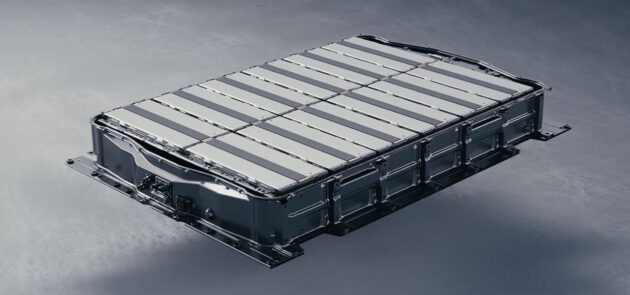
CAMI Assembly will begin manufacturing of battery modules in 2024
by CM Staff

The project will support nearly 300 CAMI Assembly jobs.

CAMI Assembly will begin building battery modules, like the one pictured, the second quarter of 2024. The new 400,000 square-foot facility will assemble modules for BrightDrop Zevo production at CAMI as well as additional Ultium EVs built at other GM plants.
INGERSOLL — GM announced that CAMI Assembly will begin building battery modules in the second quarter of 2024, supporting the company’s increasing EV production volume. The new 400,000 square-foot facility will assemble modules for BrightDrop Zevo production at CAMI as well as additional Ultium EVs built at other GM plants. The project will support nearly 300 CAMI Assembly jobs.
“Our CAMI plant is playing a critical role in accelerating GM’s all-electric future,” said Marissa West, president and managing director, GM Canada. “In addition to being Canada’s first large-scale EV manufacturing plant, soon the team will add EV battery module assembly to the site, demonstrating innovation, flexibility, and opportunity during this historic time of transformation in the industry.
To support GM’s EV transformation, the company is installing more battery module capacity to its other North American EV plants.
At CAMI, individual battery cells will be assembled into full vehicle packs in four steps:
- Step 1: Battery cells are arranged into small stacks of cells, where sealer and retaining clips are applied.
- Step 2: These mini stacks are assembled into full modules, where cooling plates, insulation, and electrical components are installed.
- Step 3: Modules are then assembled into vehicle packs, where cooling lines and additional electrical components are installed.
- Step 4: Vehicle battery packs are then subjected to final testing before they are sealed and transferred to the vehicle assembly line.